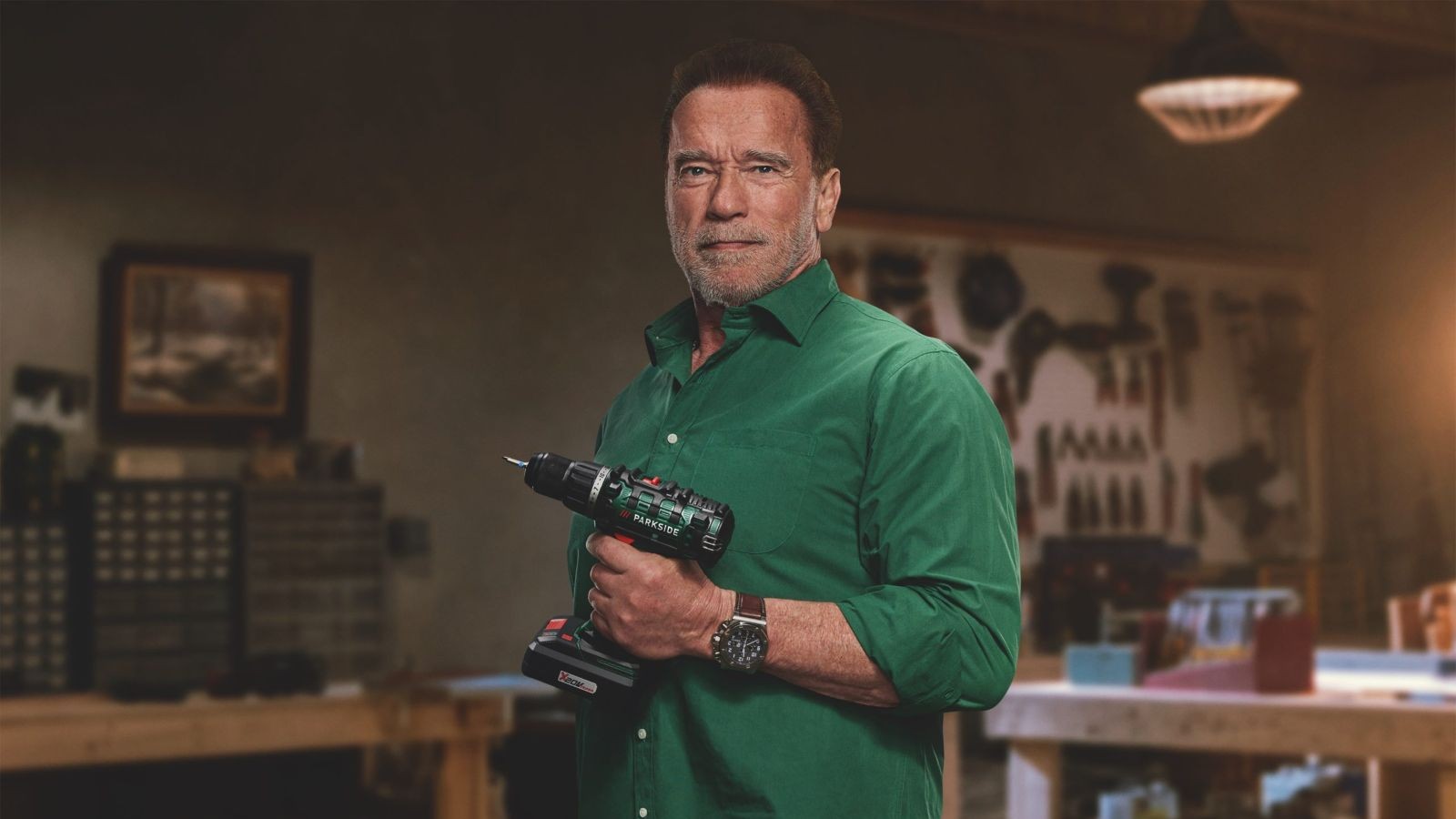We reveal the one thing never to leave untouched during a renovation and why it's essential both now, and for the future
Juggling your list of home renovation tasks can be challenging, but if you know the one thing never to leave untouched, it can help you prioritise your approach
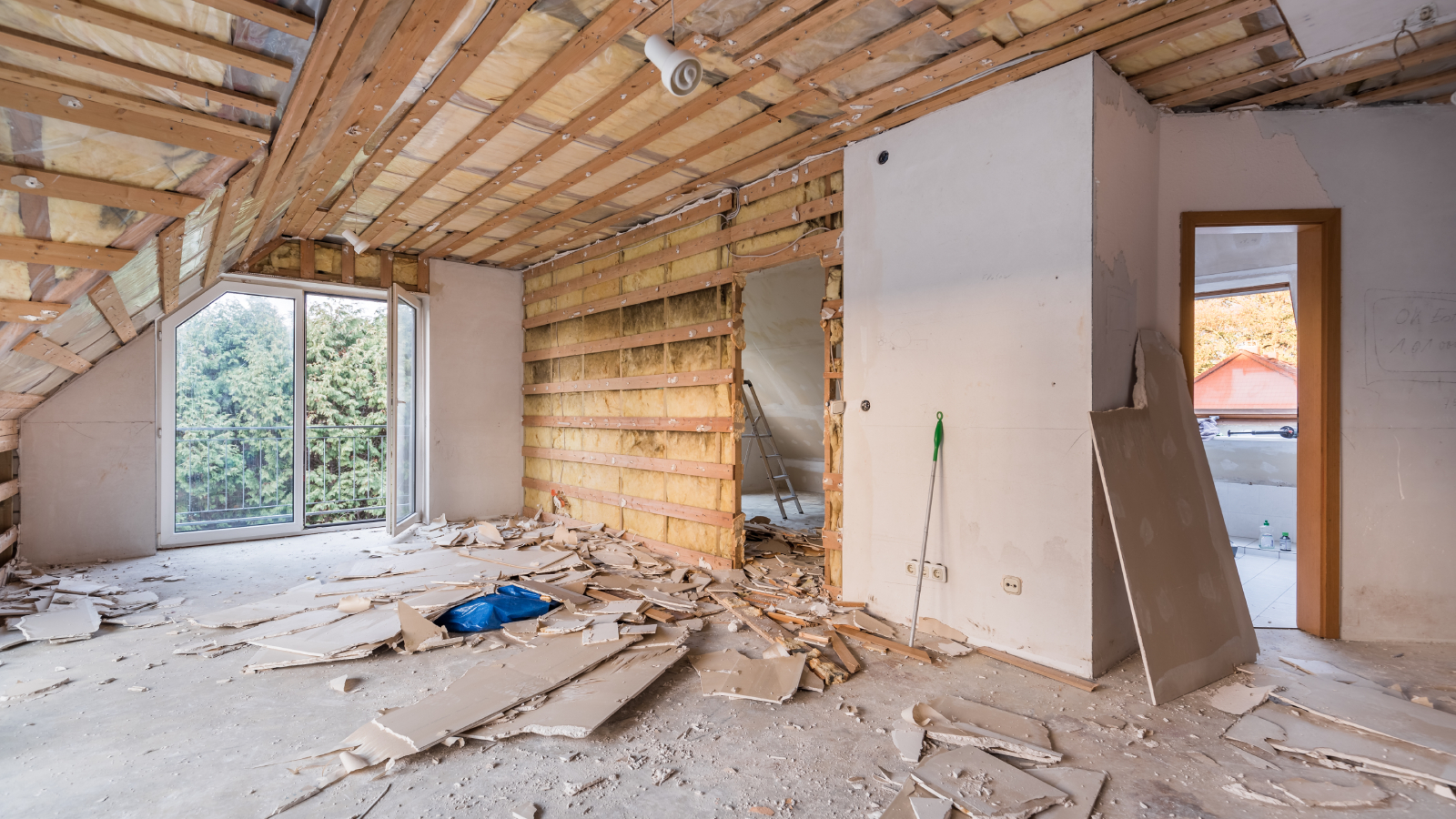
Undertaking a house renovation often means weighing up the long list of jobs you need to complete and deciding where your money is best spent. While stylish new decor may look good, if the work you've undertaken in the background isn't up to scratch, it's often false economy.
But, do the experts agree on the one thing you should never leave untouched during a renovation? Or, is it really a case of assessing each project on an individual basis.
I had my suspicions as to the answers I'd receive, and I'm relieved to say I wasn't wrong. It all starts with the fundamentals, and here's why.
This one thing should never be left untouched during a renovation
Unless your home renovation is genuinely just a cosmetic makeover, achieving a successful outcome to your home renovation ideas starts with one thing and one thing only – making sure the external structure of your home is up to the job.
Failure to do so will only lead to long term damage, extra costs and the potential for the rest of your hard work to come tumbling down like a house of cards.
"If I had to pinpoint one thing to prioritise in a renovation, I’d say focus on the outer skin – your walls, roof, and windows," says Clive Holland, broadcaster on Fix Radio. "They tell you most of what you need to know about a property, and they’re where most of your money should go."
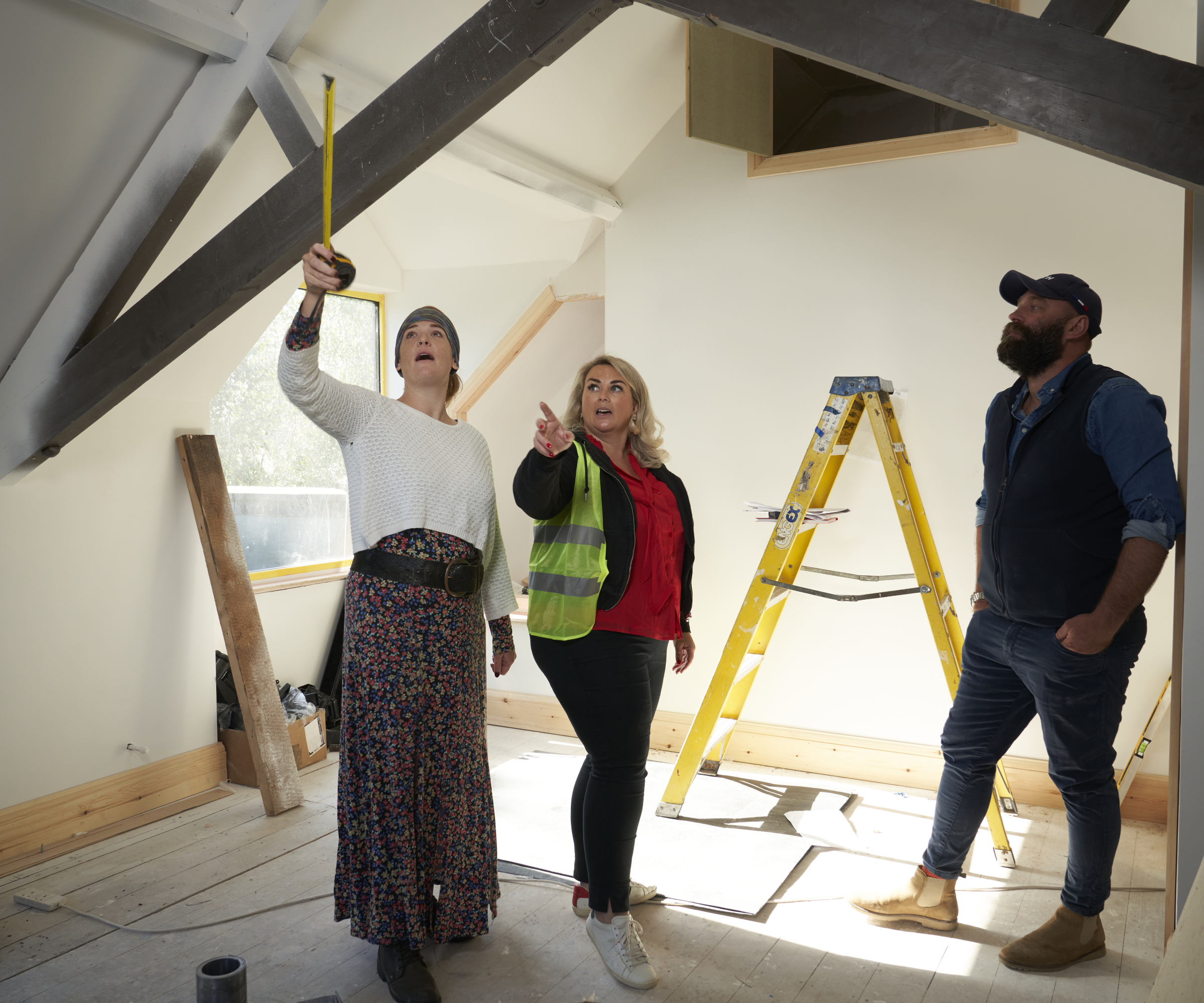
"The roof, walls and insulation – along with the gas and electrics – should always come before cosmetic work," says Clive. "They’re the bones of the building, and once those are right, everything else falls into place."
Bring your dream home to life with expert advice, how to guides and design inspiration. Sign up for our newsletter and get two free tickets to a Homebuilding & Renovating Show near you.
And, as well as making sure your home is fit for purpose, making sure you always do this one thing when renovating will also reap more financial rewards in the long run – even if you need to spend more upfront.
"Older homes, particularly those without cavity walls, can feel colder inside than out – and that has financial consequences," explains Clive. "Around 33% of heat loss in an uninsulated home escapes through the walls, and a further 25% through the roof."
"Proper insulation is crucial because it affects energy efficiency, comfort, and long-term savings," agrees Costel Radescu, founder and CEO of CR Group. "If a home isn’t well-insulated, it can lead to increased energy bills and a less comfortable living environment. Additionally, if you're renovating, it's the perfect time to address insulation since walls and ceilings may already be exposed. Always budget for it to ensure your home stays energy-efficient and comfortable for years to come."
Plus, the benefits of making sure your structure and insulation are sound could also benefit you if you decide to move home in the future.
"Properties with lower Energy Performance Certificate (EPC) ratings are now harder to mortgage or sell, as lenders tighten criteria around energy efficiency," explains Clive.
"Your home needs to be warm, cost-efficient, and secure, so anything that helps achieve that should be a top priority. This means checking cavity walls, improving loft insulation, and investing in the roof and windows if they’re outdated."

A former builder with 35 years in construction, Clive Holland has become one of the UK’s most trusted voices on building, renovation, and home improvement.

Costel Radescu is the Founder and CEO of CR Group, a fully integrated property and construction company uniting five specialist divisions. With a background in hands-on construction and project management, he brings over a decade of industry experience across residential, commercial, and investment sectors.
Follow the 'one thing' with these next steps
But what about the other areas where you can really make a difference to your home renovation?
If energy efficiency is the over-riding goal, according to the experts, what else can you do during a home renovation that will bring a positive outcome?
If your project involves replacing the roof, Simon Bones founder and CEO of Genous, always offers his clients one piece of advice, and that is to add solar panels.
"Solar panels (photovoltaic ones, not solar thermal) are definitely one of our main recommendations if your project requires a new roof," says Simon, citing the three main reasons for this as follows:
1. Save on scaffolding costs
For most solar panel jobs, £1000 or more of the cost is in the scaffolding that is needed to do the works. If you are reroofing then you will have scaffolding up anyway, and as long as you can coordinate the works, the cost can be shared between the roof works and the solar panels
2. Opportunity to use in-roof panels
Most solar installations are on-roof – the panels sit on the roof, But, in-roof, where the panels are inset into the roof, can be a better solution. There's less structural challenge, as the panels replace tiles, so weigh less, but are also less likely to have the wind get under them thereby avoiding pull force. They are also neater-looking, with no need to use bird blocker or the like. The problem with in-roof is it is normally more expensive, and if you aren't replacing the roof, you will need for roofer and end up throwing away good tiles. However, if you are reroofing you have the roofer, you save money on the tiles, and panels can cost close to the same as the tiles you’d would have had to pay for anyway.
3. Trades on site to make good
If you’re redoing the roof, you’re likely to be undertaking a larger renovation so will have plasterers or decorators on, or coming to site, which makes running the wiring – or, more specifically, making good on these runs, much easier and again more cost effective.
"Since solar panels typically have a good financial payback even without these benefits, doing it as part of a roof renovation can be particularly attractive financially," adds Simon, "and reduces a lot of the hassle, or at least just becomes part of the hassle that is happening anyway!"
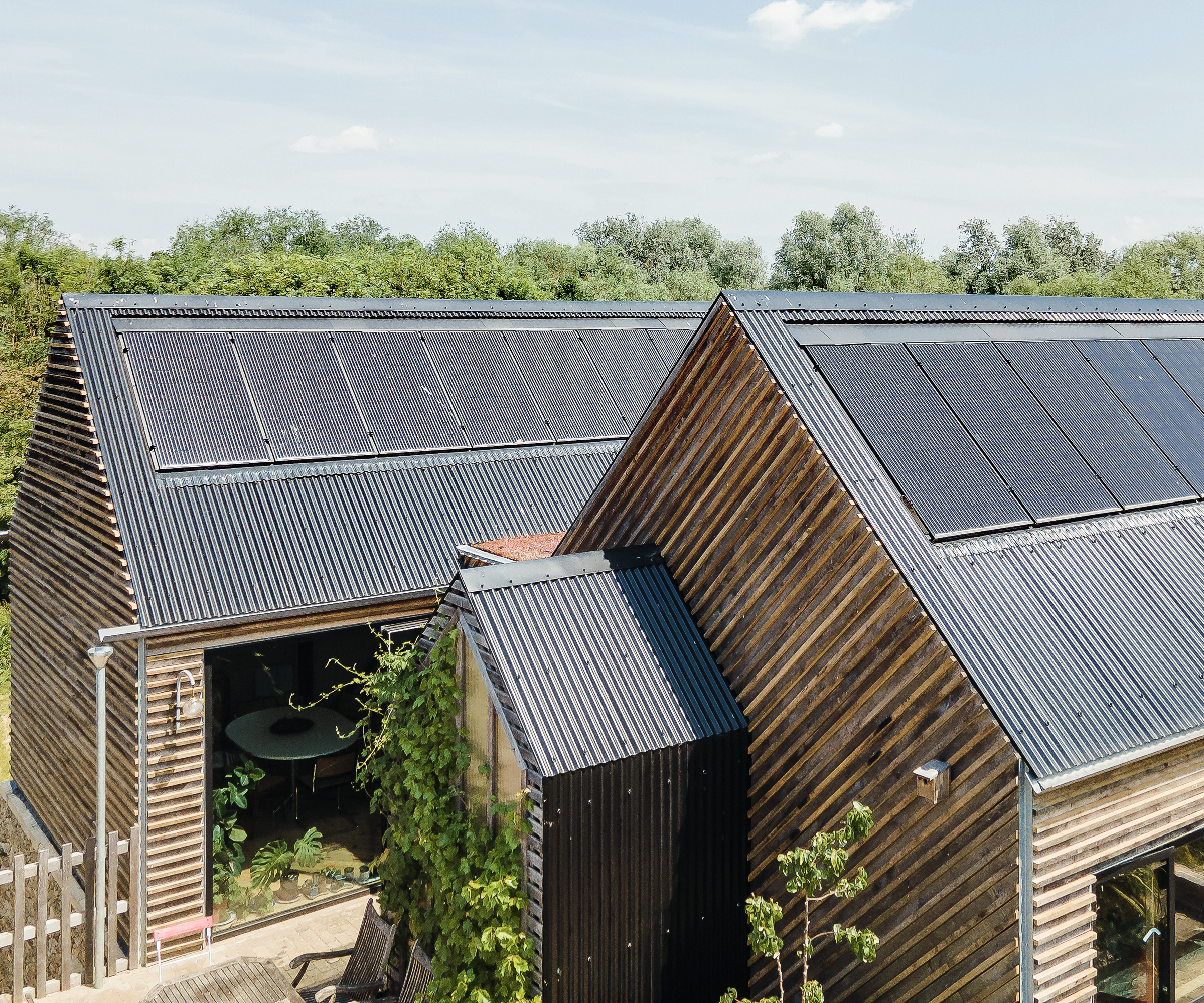
Extending as part of your renovation?
Simon's additional advice if adding an extension forms part of your home renovation plans?
Again, it's taking a look at your heating system and understanding if switching to a more efficient system now, is worth the potential extra expense.
"A heat pump can often seem a challenging investment if you have a functioning boiler," says Simon, "although for most people there’s almost nothing you can do that will save more emissions than installing a heat pump.
"The payback can also be attractive, but if you're extending and redoing your kitchen for example, you may need to replace the boiler anyway, and be thinking of underfloor heating," he explains.
"In that case, the additional cost of a heat pump is mitigated and you can consider a greener heating source which, if configured properly, can cost less to run, too. But, as with solar panels, you will need an MCS-certified supplier to put it in, and getting the best advice on your options before you start is essential," he adds.
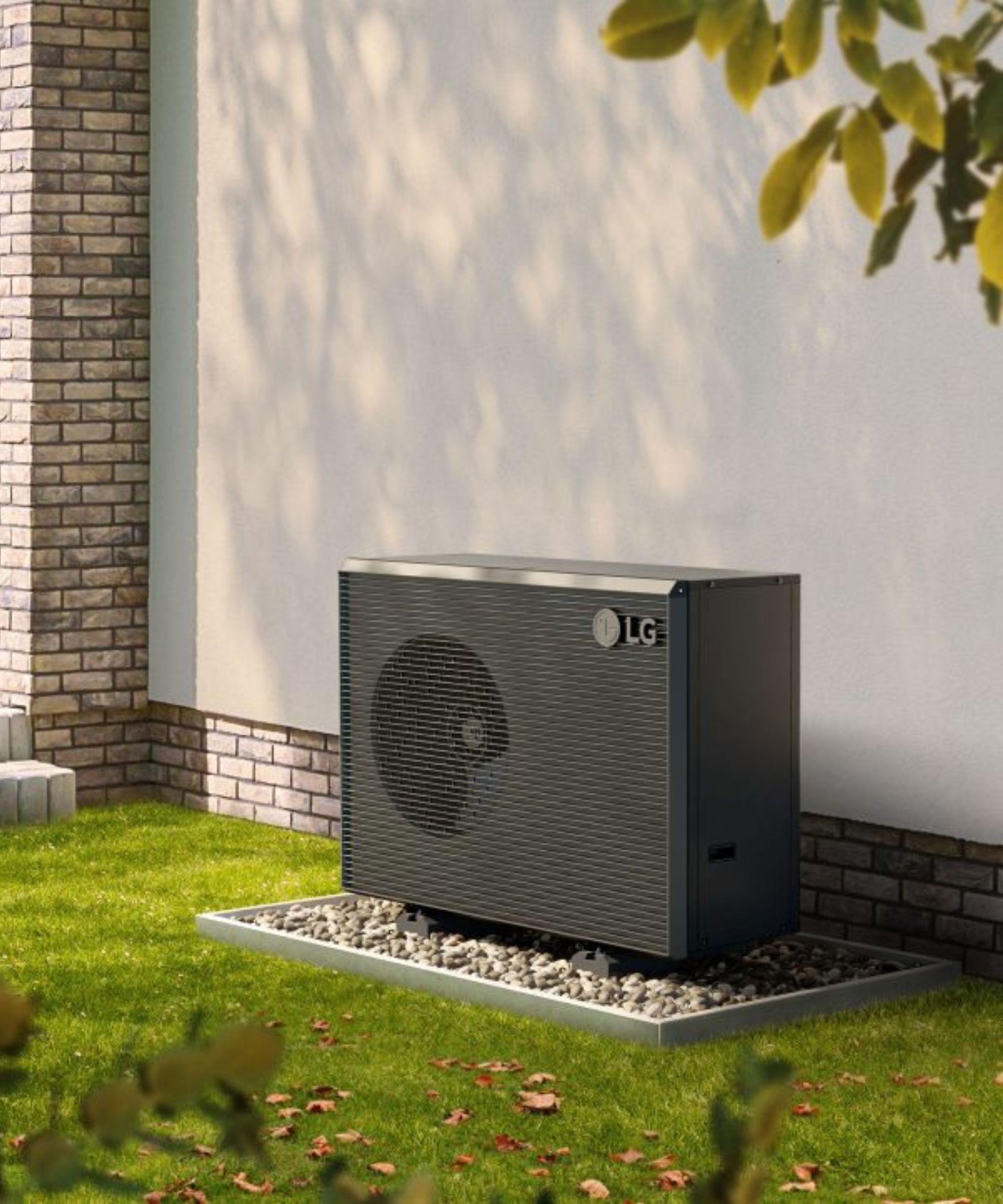

Simon Bones is the founder and CEO of Genous, the UK's only premier home retrofit company. He is also a Visiting Research Fellow in climate change science at the University of Bristol. Paving the way for a greener and energy efficient future, Simon and his team of experts help people find eco-friendly solutions to retrofit their homes and save money in the long-term.
Establishing your priorities
So, how do you decide your priorities when renovating a home? Involve the professionals from the start, is Clive Holland's best advice.
"Before you make an offer, take a savvy friend or professional along who knows what to look for," says Clive. "Many costly problems are visible if you know the signs – cracks, missing roof tiles, damp patches, or ageing fuse boxes.
"Then, before you touch kitchens or colours, get your survey done. A good survey will help establish your list in order of importance: structure first, then services, then aesthetics.
"Always invest in the invisible essentials," says Clive, "insulation, structure, and systems. A house that’s warm, energy-efficient, and safe will always be worth more than one that just looks the part."
Worried about rising home renovation costs when you add the above elements into your budget? "You can apply for government-backed grants for external insulation costs," says Clive Holland, "although internal improvements (such as insulated plasterboard or wall panels) do need to be self-funded," he explains.
You can also save money by thinking carefully about the finishes you choose inside the home, adds Costsel Radescu.
"Adding value to a home renovation doesn’t always mean spending a lot on expensive finishes. Key areas like kitchen and bathroom upgrades often provide a good return on investment. However, focus on functionality and longevity," he says.
"For example, investing in quality materials that will last longer can save money on future repairs. Additionally, improving kerb appeal using budget landscaping ideas can greatly enhance first impressions without breaking the bank."

Sarah is Homebuilding & Renovating’s Assistant Editor and joined the team in 2024. An established homes and interiors writer, Sarah has renovated and extended a number of properties, including a listing building and renovation project that featured on Grand Designs. Although she said she would never buy a listed property again, she has recently purchased a Grade II listed apartment. As it had already been professionally renovated, she has instead set her sights on tackling some changes to improve the building’s energy efficiency, as well as adding some personal touches to the interior.
